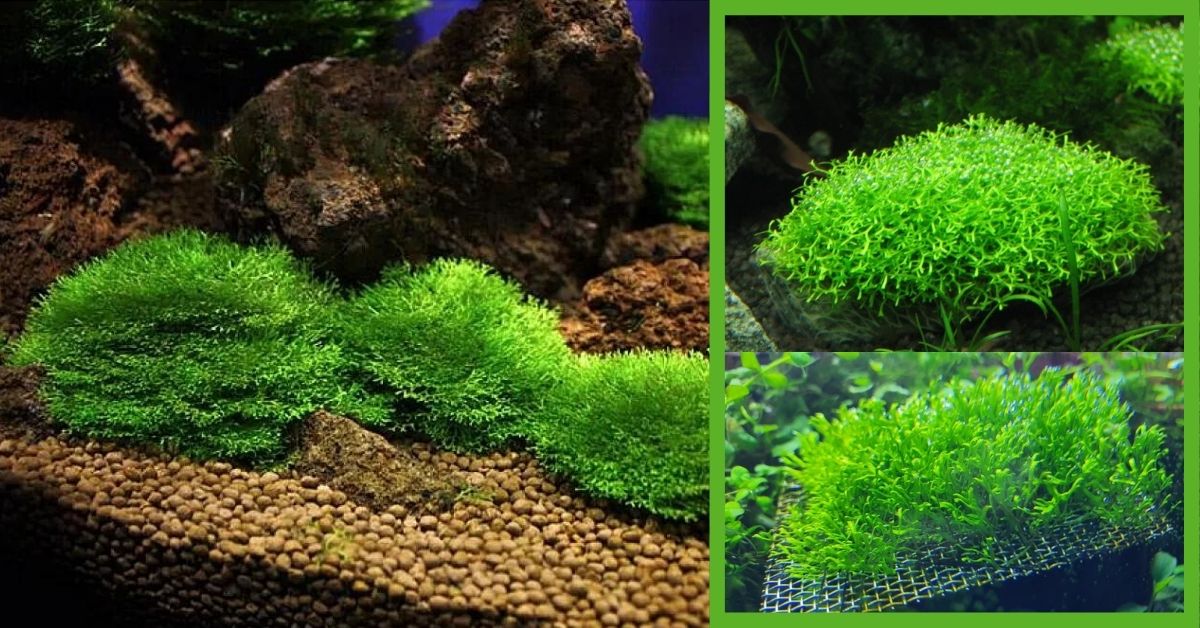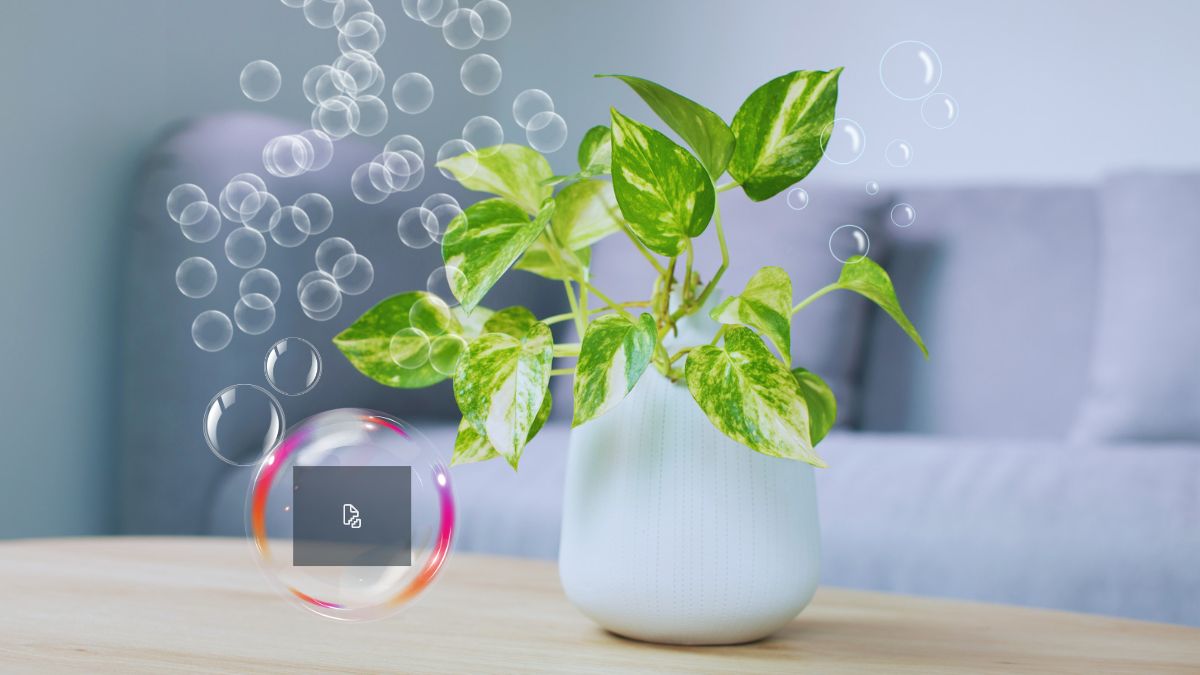We must appropriately balance the big three in order to produce robust and healthy developing aquatic plants. Light, CO2, and nutrients are all necessary for life. Algae will grow if there is too much light and not enough CO2. You’ll have algal problems if you have the appropriate lighting and CO2 but too much or too few nutrients.
The aim is to set up the lights and CO2, then administer a tiny, regular amount of fertilizer to balance the plants’ nutrient requirements. It appears to be straightforward. It isn’t that simple in reality. Patience, testing, modifications, patience, and more testing are all required.
Aquatic Plants: How to Add Nutrients & Fertilizers To Aquarium Tank?
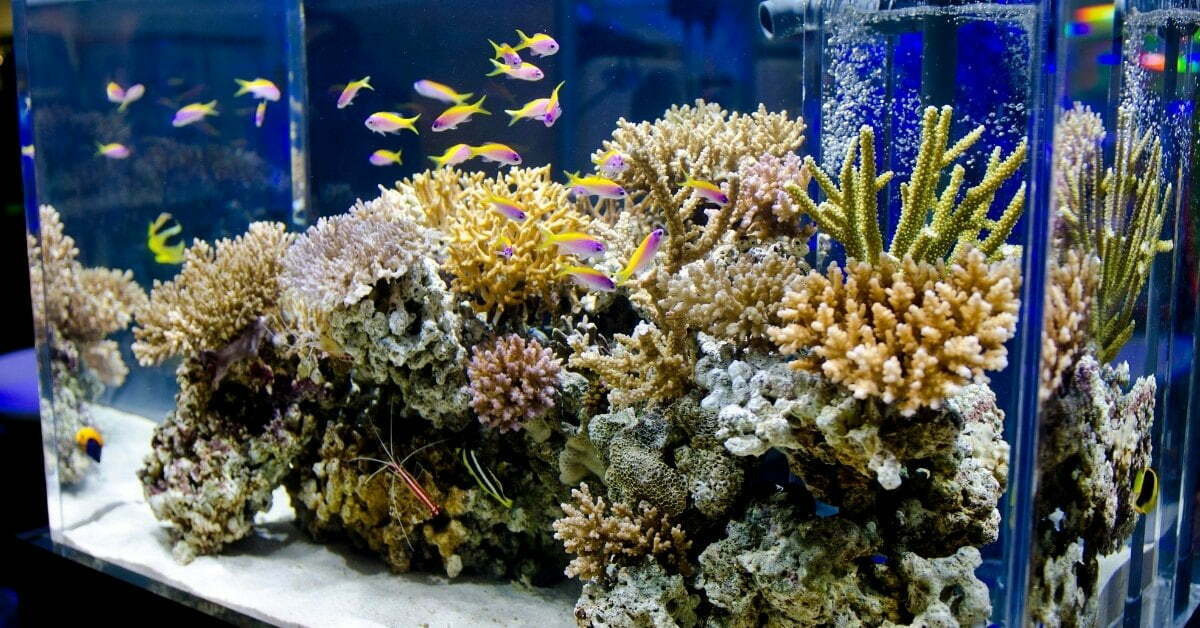
You’ll come up with a “formula” that will keep your plants growing pearling/streaming while avoiding the terrible algae assaults.
There are 17 essential elements that aquatic plants need. They are broken down into 2 main groups, macronutrients and micronutrients.
There are nine Macronutrients as follows:
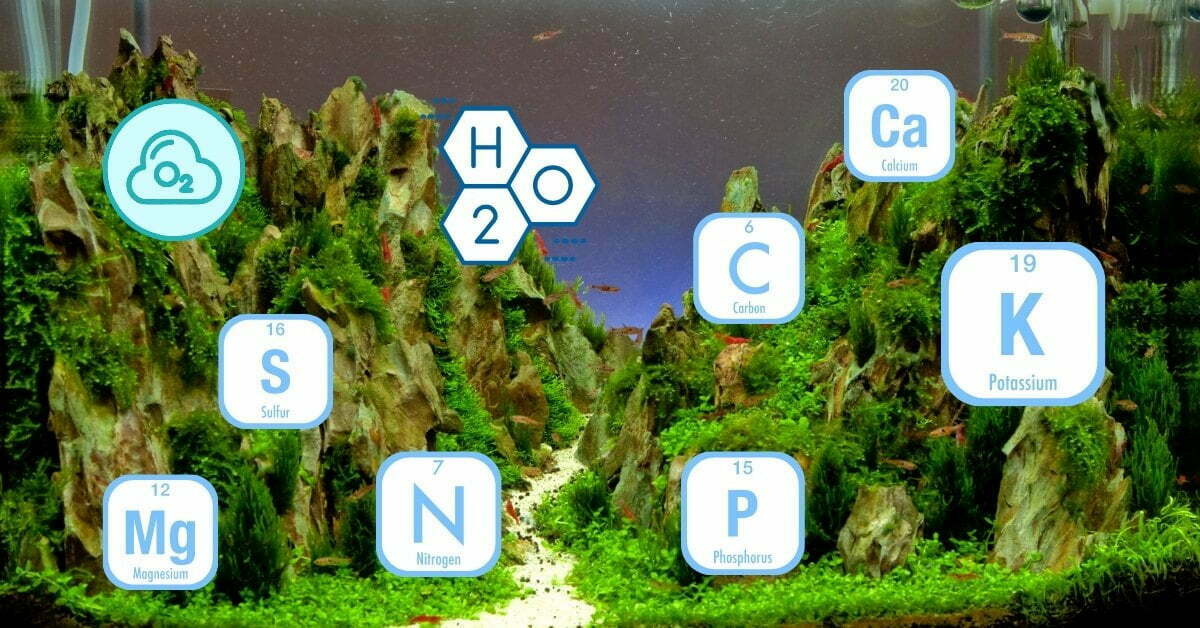
- Oxygen
- Hydrogen
- Potassium
- Magnesium
- Phosphorus
- Carbon
- Nitrogen
- Calcium
- Sulfur
And there are eight Micronutrients as follows:
- Iron
- Zinc
- Copper
- Molybdenum
- Nickel
- Boron
- Manganese
- Chlorine
Hydrogen and Oxygen are easy to supply and should be pretty self-explanatory.
Carbon
Because plants contain over 40% carbon by dry weight, adding carbon is the most crucial factor, and CO2 is the most favored and readily available source. Aim for a steady and stable CO2 level, rather than one that varies. A pressurized system is the greatest solution; however alternative choices such as DIY Yeast Fermentation and CarboPlus are also available. CO2 levels should be between 15 and 30 parts per million.
Nitrogen
Nitrogen is very critical for plant health. Depending on the amount of light, the plant mass, type of plants, etc., you may need to add nitrogen to supplement what the fish produce. The safest way to add nitrogen to a fish tank is via nitrate. Nitrate may be added via Sodium Nitrate or Potassium Nitrate. Generally, Potassium Nitrate is preferred because excess sodium is bad for plants, and potassium is a macronutrient too. Aim for 1-5ppm for strong red plants and 5-15ppm for a good overall easy to maintain range.
Sources: Potassium Nitrate (KNO3), Sodium Nitrate (NaNO3)
Potassium Nitrate can be purchased from online or local Hydroponic supply companies. Green Light Stump Remover and Spectracide Stump Remover or two brand names or stump removers that are 100% potassium nitrate. I have links to online sources for KNO3 on my links page.
NOTE: Chemical solubility for KNO3 – 35.7g/100ml (35.7g is about 2 tablespoons)
Potassium
The addition of potassium nitrate (KNO3) will suffice in most cases. Potassium sulfate, potassium chloride, or potassium gluconate are commonly used to supplement potassium intake. Maintaining a potassium range of 20-30ppm has never created any issues in my tanks, which have been running for years with such levels. However, it appears that less is more.
Sources: Same online and local sources as potassium nitrate. Potassium chloride is the Muriate of Potash and is also Morton’s Salt substitute No-Salt. Potassium sulfate is the Sulfate of Potash.
NOTE: Chemical solubility for KCl is 35.7g/100ml (same as KNO3)
for K2SO4 is 12.0g/100ml…1.5 teaspoons is 9g and is easier to dissolve)
Only high-performance tanks will require either/or supplements because phosphorus and sulfur are generally abundant in the water supply and/or fish diet. Phosphorus is given to the soil via phosphates, which is only done after a comprehensive grasp of the fertilization process. Sulfur can be introduced by any of the sulfates, however, it isn’t generally necessary to be addicted.
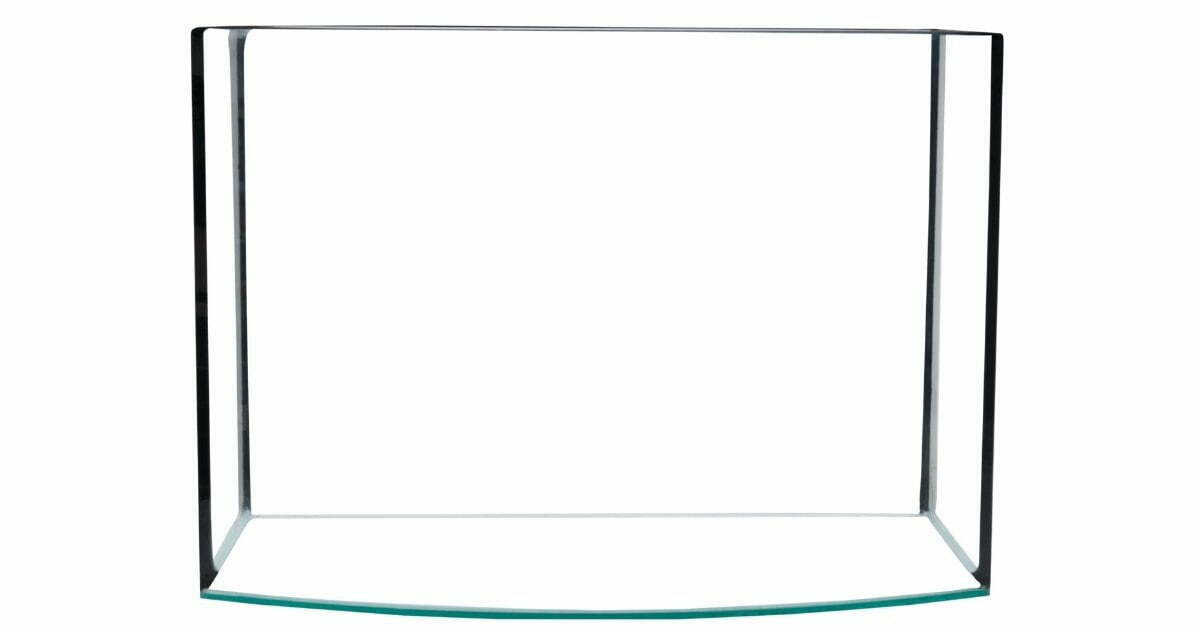
Fleet Brand Disposable Enemas are a quick and straightforward way to add phosphates. Monopotassium Phosphate is a kind of potassium phosphate. KH2PO4 is a great source, and it’s easy to find on the internet. Maintain a phosphate ratio of at least 23 to 1 (NO3 to PO4). If nitrates are ten ppm, PO4 should be at least 0.4 parts per million.
Going too far in any direction from this ratio might cause plants to slow down and algae to proliferate; however, a ratio of 10 to 1 or more is usually not an issue. When PO4 is limited below the 23 to 1 ratio, many more difficulties arise.
Calcium and Manesium
Calcium and Magnesium are usually in sufficient supply in tap water if your GH is above 3., though Magnesium or Calcium could be responsible for most or all of your GH. It’s easy to test for calcium to determine the portion that calcium makes up of your GH. Calcium can be added via Calcium Carbonate, Calcium Sulfate, or Calcium Chloride. Magnesium is easy to add with Epsom Salts which is Magnesium Sulfate. Aim for a 4 to 1 ratio and a 5-10ppm minimum for Magnesium.
Iron
Iron is arguably the most overdosed element in planted tanks, and it is more likely than any other element to produce algae issues, except for potential phosphorus. Most individuals take iron and “traces” (micronutrients) together in a professionally manufactured solution.
Flourish Comprehensive, and Tropica Master Grow are two examples (TMG). In some circumstances, the iron needs may be higher than what commercial “trace” element suppliers can deliver.
Flourish Iron is ideal for when you need more iron but don’t want to add more copper, for example… keep in mind that copper is included in commercial fertilizers as a “trace” or micronutrient.
A typical high light planted tank fertilizing routine
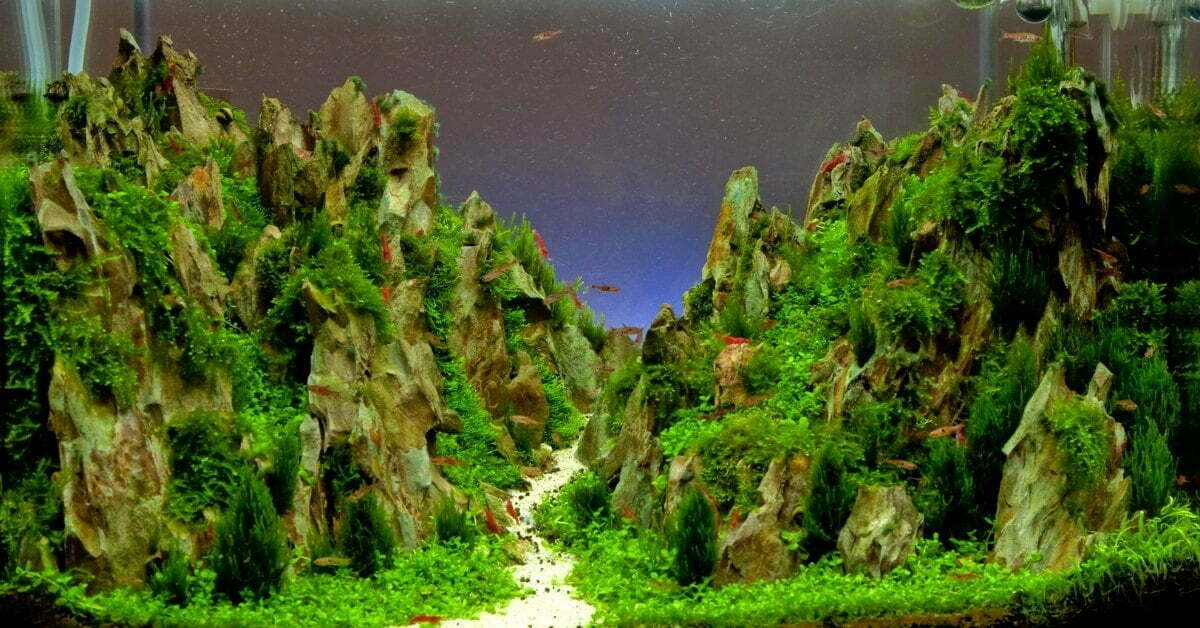
I hazard to make a “typical” statement but to illustrate what is used and how. I simply chose the 75-gallon-planted tank.
Aquarium Tank Specifications:
- 75 Gallons
- The substrate of sand, laterite, peat, and plant mulm, and topped with river rock
- 300W of ODNO T8 6500K lighting (F32T865-ADV)
- Pressurized CO2 injection at 20-30 ppm ran 24 hours a day
- Pinpoint pH monitor
- Magnum 350 canister used as a CO2 reactor contains filter floss and Seachem Purigen.
- Aquaclear 300
When to Add Nutrients & Fertilizers To Aquarium Tank?
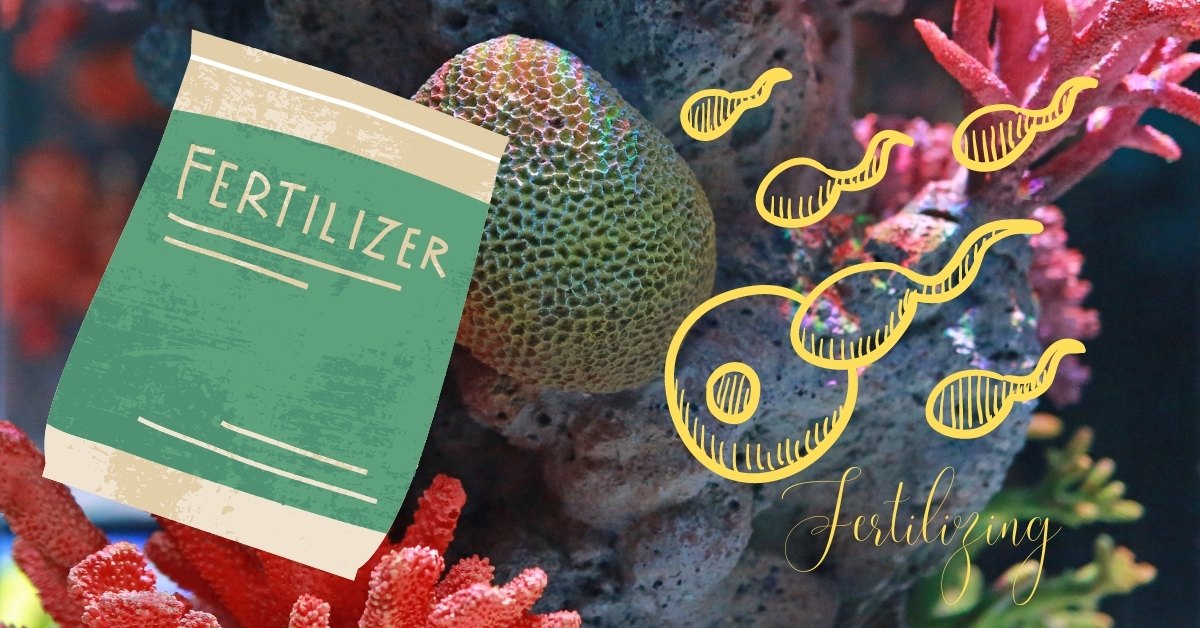
Fertilizing Routine:
Saturday
- 50% weekly water change followed by the addition of:
- 1/2 teaspoon of potassium nitrate KNO3 for Nitrate and Potassium (added dry to the AC filter)
- 15 ml of Tropica Master Grow for Iron and Traces
- Ten drops of Fleet Disposable Enema PO4 for Phosphorus
Monday
- 1/2 teaspoon of potassium nitrate KNO3 for Nitrate and Potassium (added dry to the AC filter)
- 15 ml of Tropica Master Grow for Iron and Traces
- 10 drops of Fleet Disposable Enema PO4 for Phosphorus
Wednesday
- 1/2 teaspoon of potassium nitrate KNO3 for Nitrate and Potassium (added dry to the AC filter)
- 15 ml of Tropica Master Grow for Iron and Traces
- 10 drops of Fleet Disposable Enema PO4 for Phosphorus
- Saturday starts with the 50% water change again and re-dosing.
